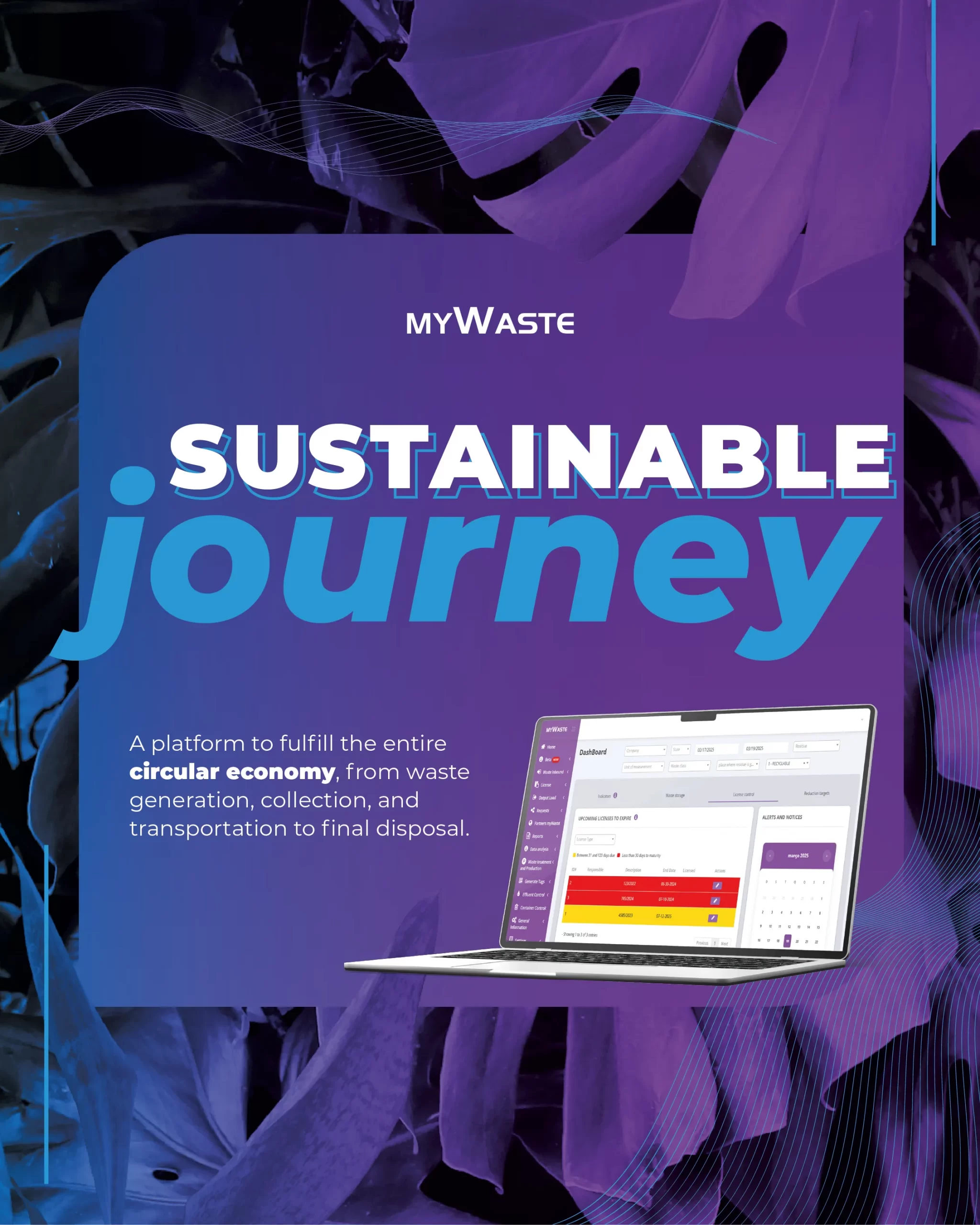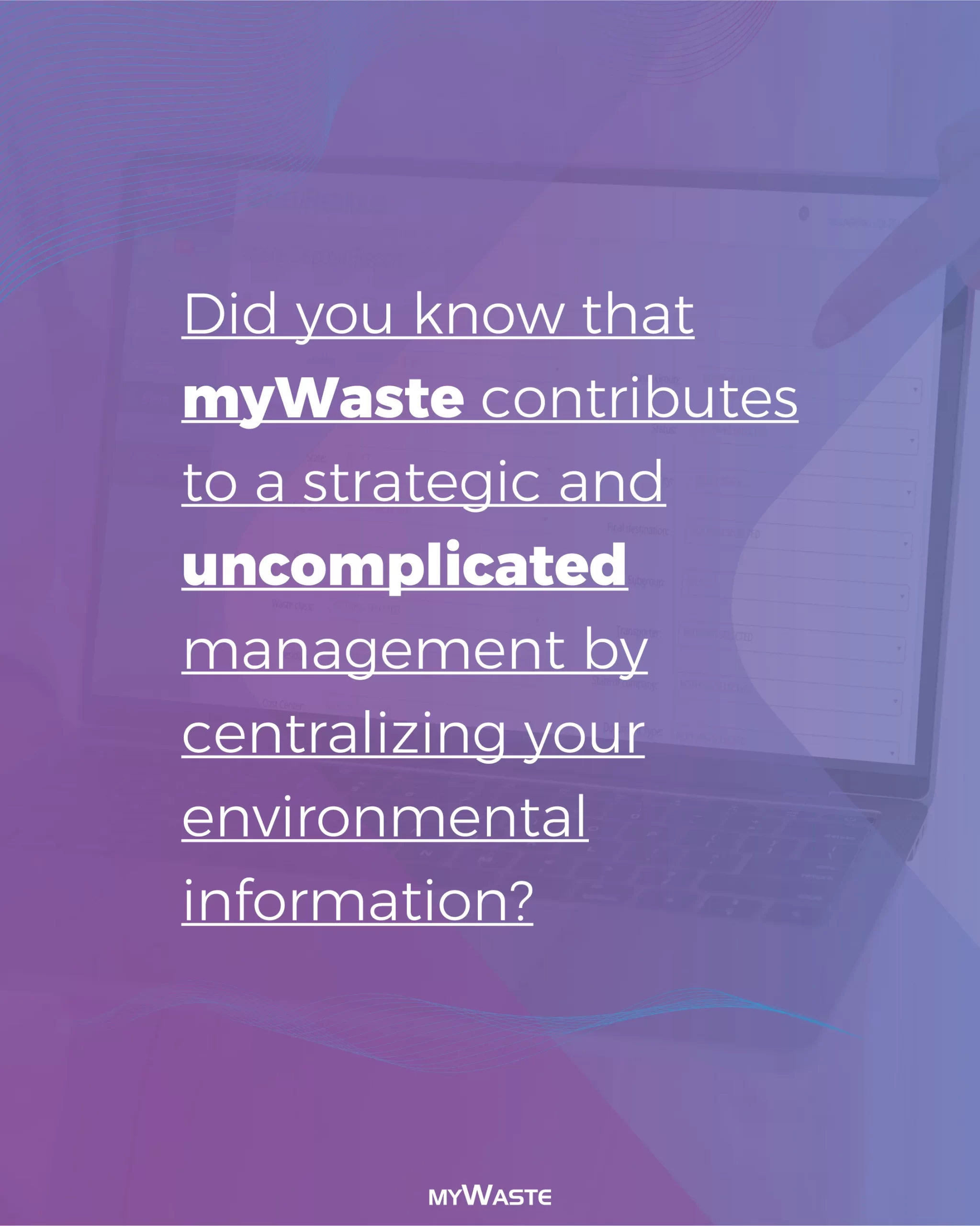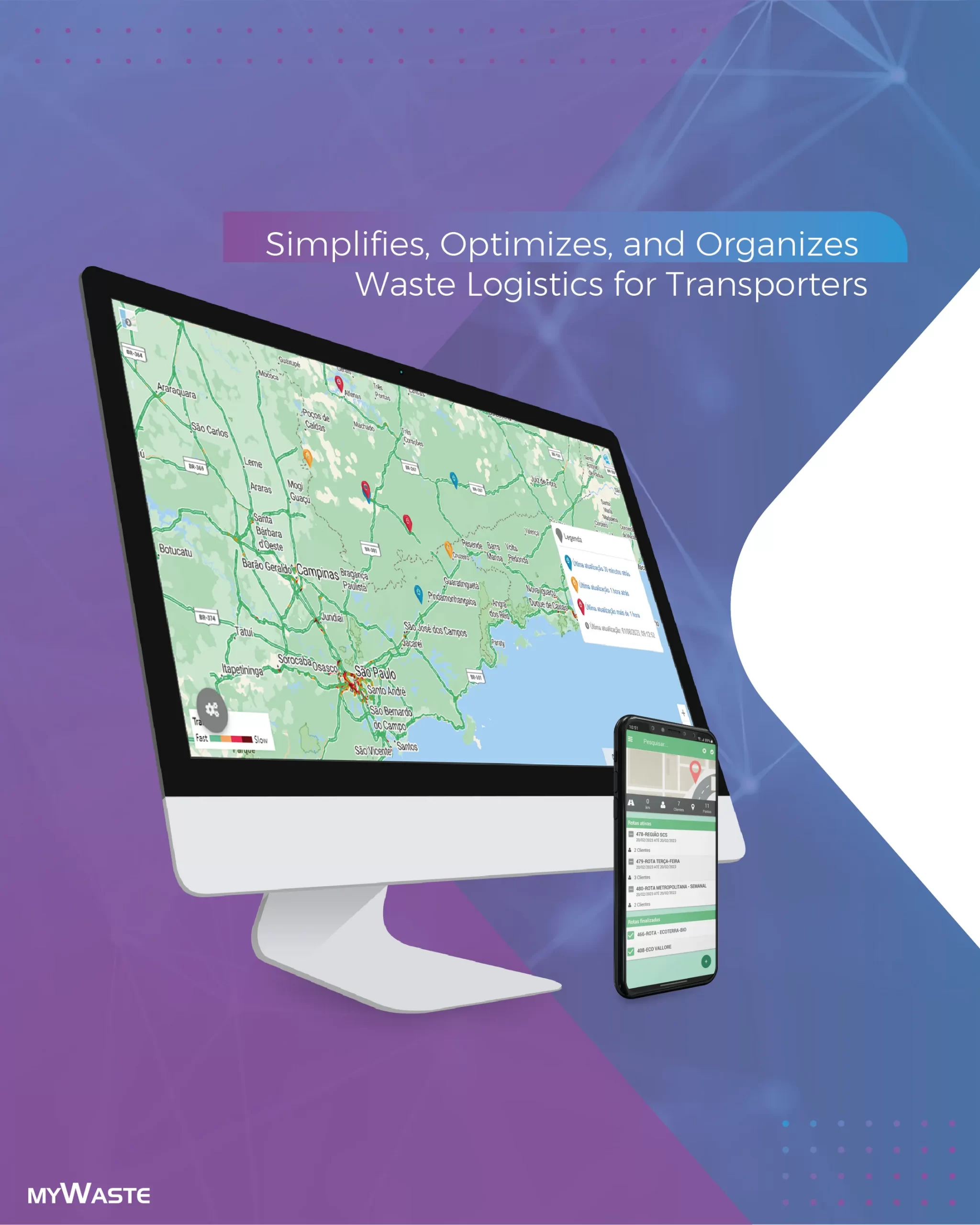
Waste is a global issue. From electronic devices to unused food, a lot of what is thrown away ends up in a landfill. While concerted efforts are being made across the globe to incorporate recycling initiatives, these endeavors can quickly go astray when rubbish isn’t handled with the correct care and attention.
This comprehensive guide takes a closer look at the question posed in the headline: how much do we waste? The article also details where it ends up, how recycling and other solutions can help with the problem, and how businesses can manage waste. With how waste continues to mount up, tacking the problem head-on is crucial – otherwise, the environmental impact it provokes will have further consequences for the planet.
How Much Do We Throw Away?
To get a greater idea about waste and the concern it poses, it’s essential to take a closer look at just how much is thrown away. There are many different forms of waste, with some of the main culprits including:
· Electronic devices
· Hazardous materials
· Discarded food
· Plastic
· Paper and paperboard
· Textiles
· Metal
· Wood
If this waste isn’t correctly managed, there’s ultimately only one destination it will end up: a landfill. Add in factors such as population growth, the continued demand for disposable products, and the short shelf life for everything from smartphones to sneakers, and there are many reasons why waste continues to build at an alarming rate.
The following statistics help to illustrate the worrying picture.
Waste statistics
Whether you’re analyzing global figures or centering on the United States, the situation is far from healthy – and that’s putting it mildly. Waste is a massive issue, and the following statistics demonstrate why this is the case.
· Annually, 2.12 billion tons of waste is produced across the world.
· Of that waste, 1.3 billion tonnes is made up of food. That’s over three trillion meals each year wasted, approximately one-third of all food generated for human consumption.
· At least 33% of the planet’s waste is not managed in an environmentally safe way. That’s only a conservative figure, which means the percentage could ultimately be even more frightening.
· The average daily waste per person averages 0.74 kilograms worldwide. However, the range for this can vary drastically depending on location. This goes from 0.11 kilograms to 4.54 kilograms.
· By 2050, it is expected that global waste will grow to 3.40 billion. This growth is more than twice the population growth during the same time period.
· Annually, it is estimated the world’s oceans are polluted by 10 million metric tons of plastic.
· 12% of the world’s trash comes from America. This is despite the country only making up 4% of the globe’s population.
· In 2018, America was responsible for producing 292.4 million tons of municipal solid waste. That’s almost 5 pounds per person, per day.
· The waste management market in North America was valued at $208 billion in 2019. The U.S. accounts for most of the market.
· The U.S. manages 35.2 million tons of hazardous waste.
· Each year, estimates suggest the U.S. produces around 103 million tons of food waste.
· Due to household leaks, the average U.S. family can waste 180 gallons of water each week, or 9,400 gallons per year. That’s the same amount of water required to wash over 300 laundry loads. On a nationwide scale, household leaks can lead to almost 900 billion gallons of water being wasted annually.
· America currently has a recycling and composting rate of 32.1%.
· 25 million plastic bottles are thrown away each hour in America.
Where Does Our Waste Go?
In general, there are two places where our waste ends up: in a landfill or recycling. The latter is obviously the aim, especially with the environmental benefits and government incentives on the table. However, recycling is not always an option. Plus, even when it is an option, this doesn’t mean organizations will take the necessary steps to make it a reality. In these situations, waste goes to the landfill.
If you operate a standard modern business, here are some stats to consider about the type of waste produced – and where it ends up:
· Every year, 500 coffee cups are used by the average office worker. These are single-use cups, meaning they are all sent to landfills.
· 20 companies are responsible for producing over half of the globe’s single-use plastic. All of this eventually goes to landfills.
· The standard office worker generates approximately two pounds of paper and paperboard waste each day. They also use around 10,000 sheets of copy paper annually.
· Mixed paper products account for about 70% of total office waste overall.
· Globally, more than 50 million metric tons of electronic waste were generated in 2019. This is expected to rise by a further 20 million metric tons over the coming decade.
· At present, only about 20% of electronic waste is recycled on a global scale.
Landfill
In 2018, approximately 146.1 million tons of municipal solid waste (MSW) ended up being landfilled in the U.S. While this isn’t a welcome figure, there has been a steady – if slow – improvement over landfill numbers compared to the amount of waste produced. In 1960, 94% of generated waste was landfilled. In 2018, this percentage decreased significantly to 50%.
How it works
Landfills have come a long way since they were simply large open dumps for waste to be tossed into. These days, sanitary landfills exist, which help prevent numerous problems that traditional landfills caused – such as toxic chemicals and gases contaminating the surrounding soil, groundwater, and air. By separating waste via a system of layers, sanitary landfills are designed with the intention for waste to decompose safely. Although methane can still be produced, most sanitary landfills will collect this gas, keep it out of the earth’s atmosphere, and utilize it to produce electricity.
The deepest spot in a sanitary landfill can be found 500 feet into the ground. The bottom will typically feature dense clay alongside a plastic liner to stop liquids from seeping through. Certain wastes generate liquid as they decompose, so a drainage system is used to carry contaminants to a treatment facility. As mentioned above, a modern landfill will also incorporate a gas collection system for the produced methane.
When trash is delivered to a landfill, it is compacted so it takes up less room. A layer of dirt is also used to cover new trash, helping to deter pests and contain odors.
Recycling
The majority of waste can be recycled. In fact, according to research conducted by the EPA, it is estimated 75% of the U.S. waste stream is recyclable. Sadly, only about 30% of this waste is actually recycled. Going on a global scale, it is said that 91% of plastic still isn’t recycled, while the recycling rate for PET bottles in America sits at a lowly 30%.
The good news is that attitudes are slowly changing. Recycling is becoming more and more prevalent, and this shouldn’t be a surprise based on the numerous benefits gained. As an example, in 2019, the U.S. took 25 million tons of combustible MSW and converted it into approximately 13 billion kilowatt-hours of electricity.
When you consider how recyclable certain materials are – 95% of textiles can be potentially recycled or reused, for instance – a lot of waste can be diverted from going to landfills, and instead be repurposed in ways that are more advantageous to the environment.
How it works
The process first begins by collecting recyclable materials. For a business to do this effectively, it will have its own system in place for collecting, processing, and storing suitable recyclables. This will include dedicated containers for specific materials, along with a baler to compact recyclables for easy storage and transport.
When the materials end up at a recycling center, they are sorted by type. Specialist machinery will separate paper from plastic, metals from cardboard, etc. Workers at the center will also separate soiled recyclables from clean ones. If a recyclable is soiled, it will either be cleaned or thrown away if deemed unusable.
Once a recycling center has processed and broken down the recyclables into raw materials, they can then be used again to create new products. The center will sell the recycled goods to manufacturers.
New waste disposal technology
In the continuing efforts to improve and refine the recycling process, new waste disposal technology is being used. Simply put, if waste management doesn’t undergo sweeping changes, many existing waste issues will only inflate into something more damaging. It is said if changes are not made, in 2050 oceans will contain more plastic than fish.
Smart waste management technologies include everything from waste level sensors to pneumatic waste pipes. However, one of the most effective technologies a company can incorporate is smart waste bins. During the essential initial sorting process, human error is taken out of the equation by smart waste bins. This makes material processing easier and faster, and it can drastically boost employee efficiency and reduce waste management costs by up to 80%.
Managing business waste
Did you know 57% of consumers are open to changing their purchasing habits if it means reducing negative environmental impact? This means if your business can clearly display its effort and commitment to sustainability, it can open the door to attracting new customers.
To make it a reality, you need to know how to manage business waste successfully. Below are a few tips on dealing with common waste types.
Everyday waste
With everyday waste such as paper and plastic, it is important you sort and correctly store these materials. Having a secure place to store waste is the first step. You will also need to use clearly labeled containers to separate and collect the waste.
You have to take particular care when storing waste, particularly if they’re in a place where the elements can cause issues. If covers are not used, waste can be blown away. If these covers are not waterproof, it could also lead to rain affecting your stored materials.
Electronic waste
Electronic waste, also known as e-waste, is going to become an increasing concern for businesses. Fortunately, a business can take steps right now, such as moving a lot of technology and processes to the cloud, which can immediately reduce their electronic waste.
If you have electronic waste which has no future purpose for your business, there are various steps you can take. There are specialist third-party electronics recyclers that can take care of these materials in a cost-effective, environmentally-friendly way. There’s also the possibility of trading-in devices for upgrades or donating them to local charities to expand their lifespan.
Hazardous waste
As you would expect, extra steps have to be taken when you’re handling and processing hazardous waste. If this hazardous waste was to cause damage or harm to others, it could lead to significant ramifications for your business. Materials deemed hazardous include chemicals, solvents, batteries, oils, and pesticides.
First, begin by ensuring all hazardous waste is separated from non-hazardous waste. You will then need to store the waste responsibly. That means using applicable containers, keeping them out of the elements, and storing them in a safe, secure place. Once you have used an authorized waste carrier to handle your hazardous waste, you’ll have to keep a record of any waste transfers you make.
Conclusion
Waste is a major problem that the world is currently facing. This problem will only become further exacerbated if landfills are opted over recycling. Although landfills are no longer quite the giant headache they once were, they’re also far from the ideal way to deal with waste.
A lot of waste is produced in the U.S. and across the world. The many points of data highlighted in this guide demonstrate this clearly. However, with a more sustainable-driven approach, where materials are recycled, and the likes of single-use plastics are eliminated, there’s hope for the future that waste will no longer be the problem it currently is for the planet.
Useful links
You can find out more about landfills, how they function, and their average life expectancy here: https://scdhec.gov/environment/land-and-waste-landfills/how-landfills-work
You can learn more about how the EPA is working to clean up electronic waste here: https://www.epa.gov/international-cooperation/cleaning-electronic-waste-e-waste
The EPA also has a detailed guide on how small businesses can effectively manage their hazardous waste. This can be downloaded on this page: https://www.epa.gov/hwgenerators/managing-your-hazardous-waste-guide-small-businesses
Learn more about current technologies which are used to divert waste from landfills here: https://www.cleanupnews.org/home/waste-management-technologies
FAQ
What happens to landfill waste?
Landfills are generally designed to store waste rather than break it down. However, when it’s placed in a sealed, oxygen-free environment, landfill garbage will decompose – although this is a slow process. Plastic bags, for instance, can take up to 100 years to degrade.
How can my business reduce waste?
There are various steps you can take to reduce business waste. You can provide employees with reusable bottles instead of single-use cups. You can go paperless with a more digital approach. You can reduce your physical technological needs by moving processes to the cloud.
Can my business make money by recycling?
Yes, recycling can be a profitable venture if you take the appropriate steps. If you collect and process recyclable materials like aluminum, paper, and paper with the correct equipment, this can help to reduce costs and add an additional revenue stream for your business.
The right equipment goes a long way towards a business achieving its recycling goals. One such piece of equipment is a baler. You can find the right baler at https://recyclingbalers.com/, while https://www.balingwiredirect.com/ ensures your baled materials are secured with dependable, high-quality baling wire.
Source: https://fluentconveyors.com/blog/a-data-driven-guide-to-waste-and-landfills



